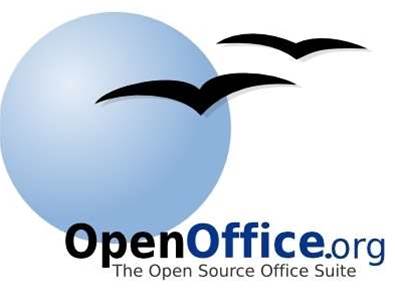Available as a free download, version 3.1 is pitched as a significant upgrade to the open-source office suite. Like earlier releases, it runs on a number of platforms including Windows, Linux, Solaris and Mac OS X.
The most significant enhancement is an overall sprucing up of the graphics by using anti-aliasing to give a smoother and sharper appearance, according to OpenOffice.org.
However, improved file-locking support is also important as it prevents other users from inadvertently overwriting your changes when you are editing a document in a shared location such as a network folder.
Because of its cross-platform support, the suite has been provided with its own mechanism that is independent of the operating system.
Within the individual applications, the Writer tool now has improved support for comments so that editors can carry out a structured conversation regarding changes.
The Calc spreadsheet application has been given a performance boost and improved sorting capabilities, while the Chart tool now lets users choose how to deal with missing data points in graphs.
In the Base database tool it is now possible to build a complete database application through the use of macros and scripts, according to OpenOffice.org. Another enhancement is the use of colour to highlight SQL syntax when editing queries.
The entire suite now has support for more than 90 languages, including improved handling of bidirectional scripts.


_(22).jpg&h=140&w=231&c=1&s=0)
.png&h=140&w=231&c=1&s=0)





_(26).jpg&w=100&c=1&s=0)

 iTnews Executive Retreat - Security Leaders Edition
iTnews Executive Retreat - Security Leaders Edition












_(1).jpg&h=140&w=231&c=1&s=0)



